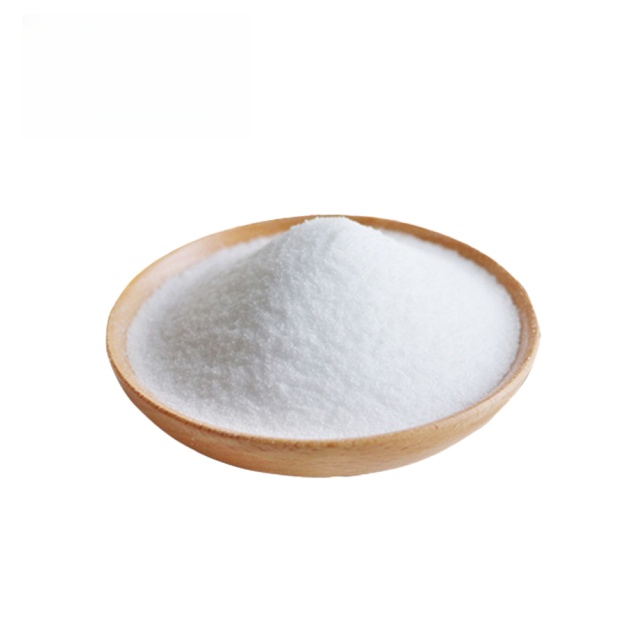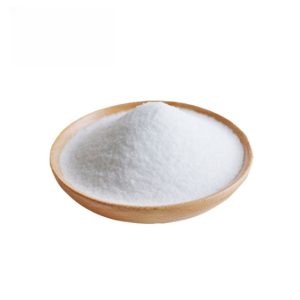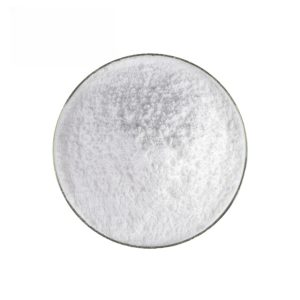I. Basic Information
- English Name: N-Acetyl-L-Cysteine
- CAS Number: 616-91-1
- Molecular Formula: C5H9NO3S
- Molecular Weight: 163.19
II. Physical Properties
- Appearance: White crystalline powder with a garlic-like odor and sour taste. It is hygroscopic.
- Melting Point: 109-110°C
- Solubility: Easily soluble in water or ethanol, insoluble in ether and chloroform.
III. Functions and Applications
- Mucolytic Agent: N-Acetyl-L-Cysteine is a mucolytic agent that can reduce the viscosity of mucus, helping to improve the expulsion of sputum in respiratory diseases.
- Antioxidant: It possesses antioxidant properties that can protect cells from oxidative stress damage.
- Therapeutic Uses: It plays a role in the treatment of various diseases, including improving liver function and relieving acetaminophen poisoning.
IV. Chemical Properties
- N-Acetyl-L-Cysteine is the acetylated form of cysteine, which greatly improves its solubility, making it more convenient to use in liquid form.
- In the body, N-Acetyl-L-Cysteine can be converted to cysteine, participating in various biological processes.
V. Additional Information
- As a dietary supplement, N-Acetyl-L-Cysteine shows potential in improving human health, such as enhancing antioxidant capacity and promoting detoxification.
- In clinical research, N-Acetyl-L-Cysteine has also demonstrated adjunctive therapeutic effects on certain diseases, including cancer and liver diseases.
Please note that the above information is for reference only, and the specific application and usage of N-Acetyl-L-Cysteine should be prescribed by a doctor.



Reviews
There are no reviews yet.